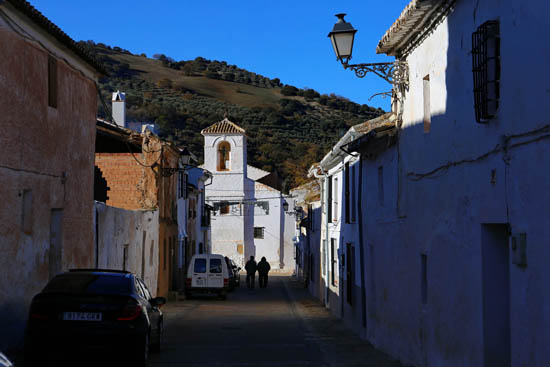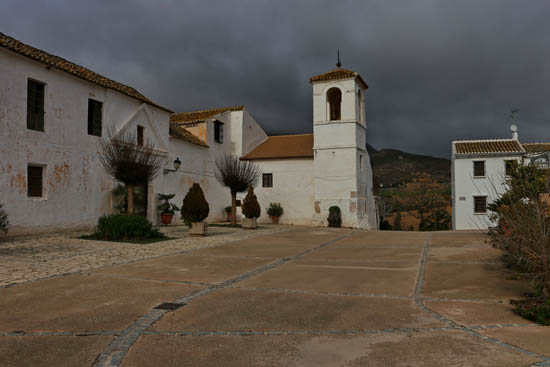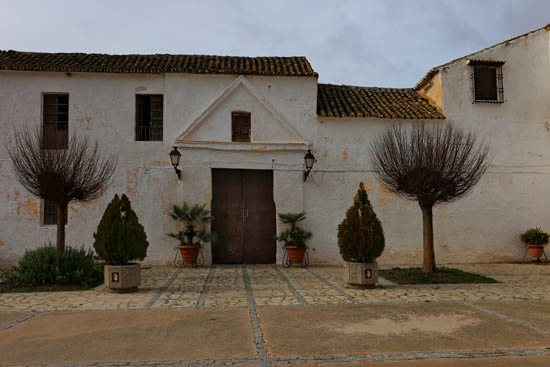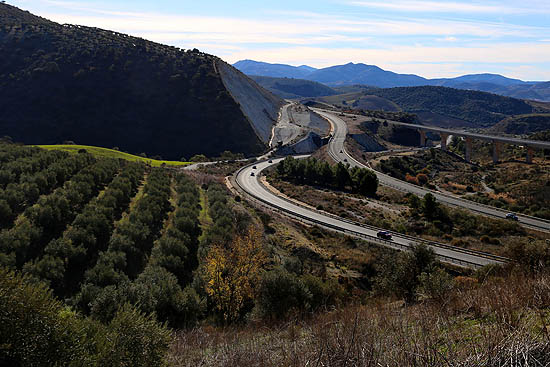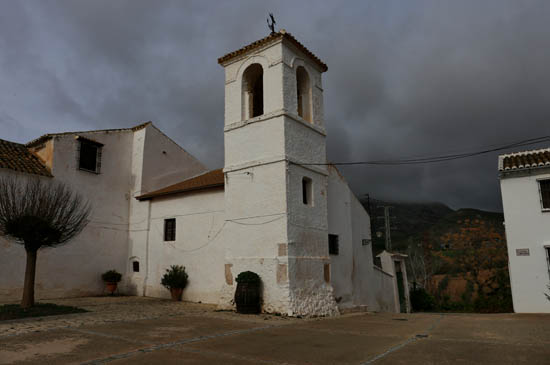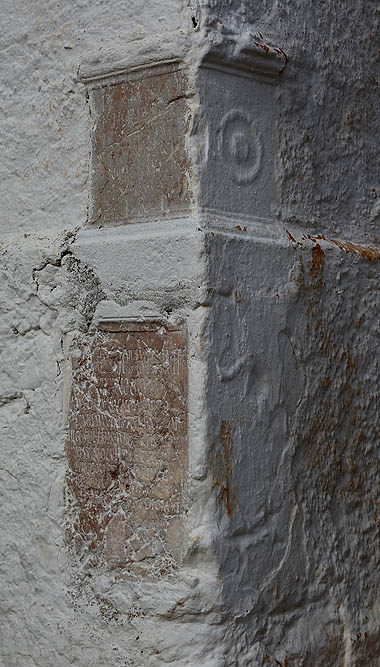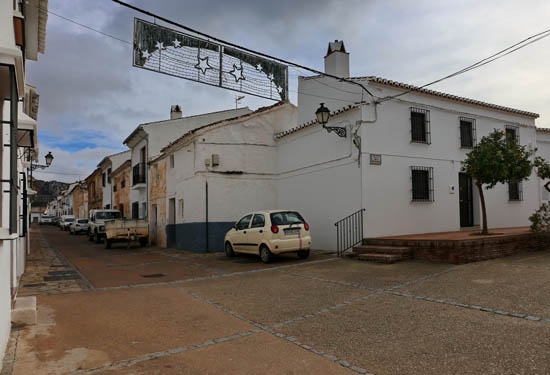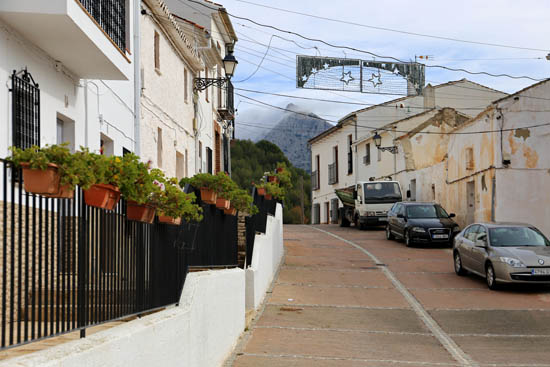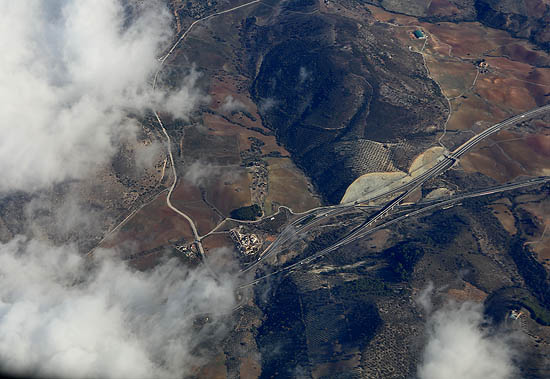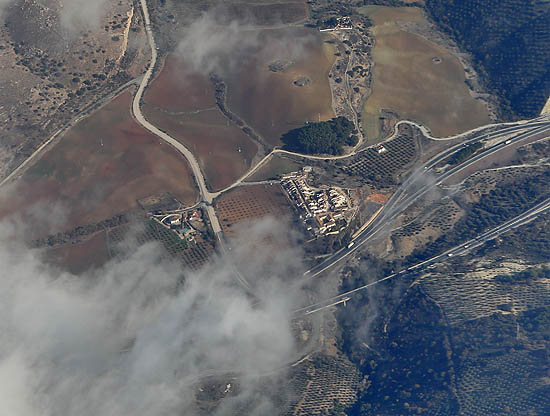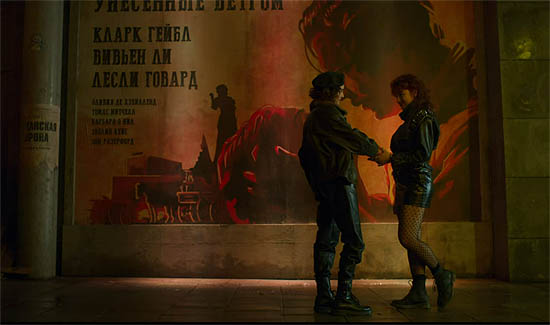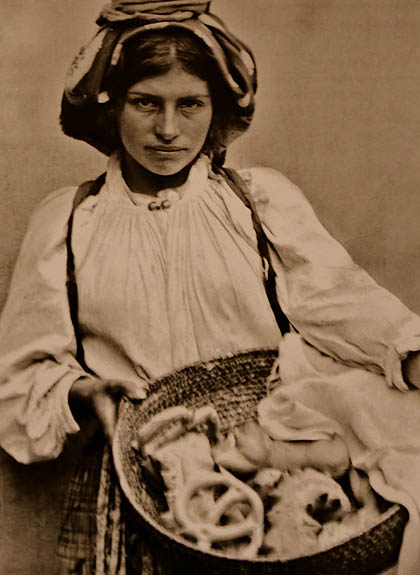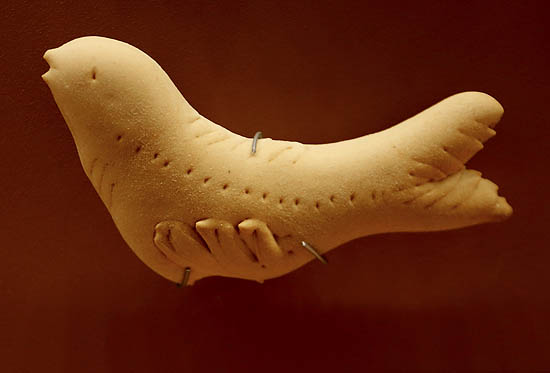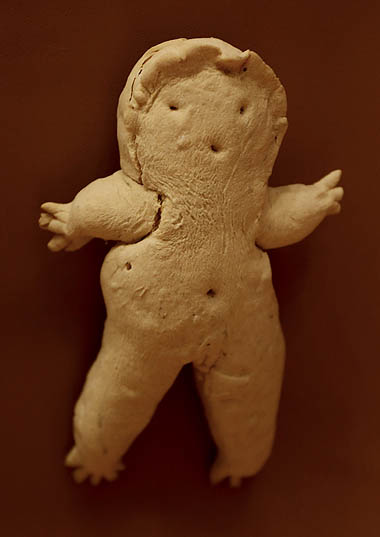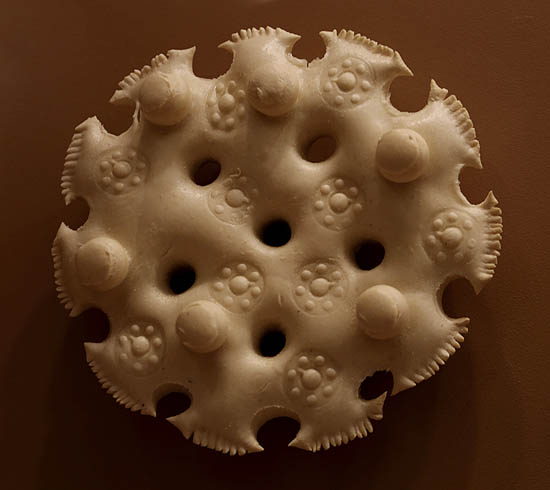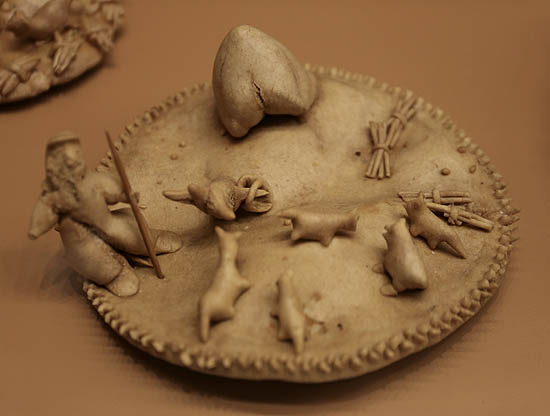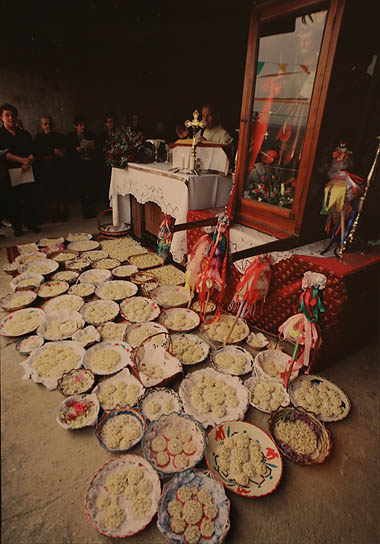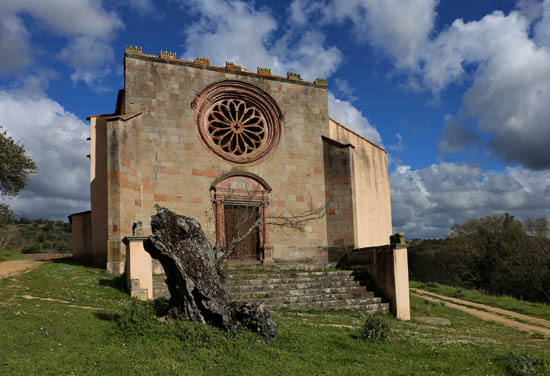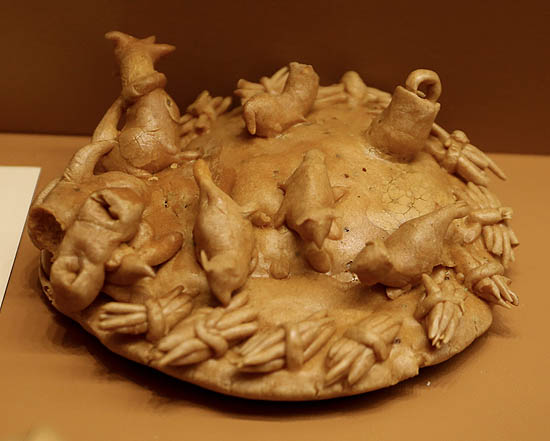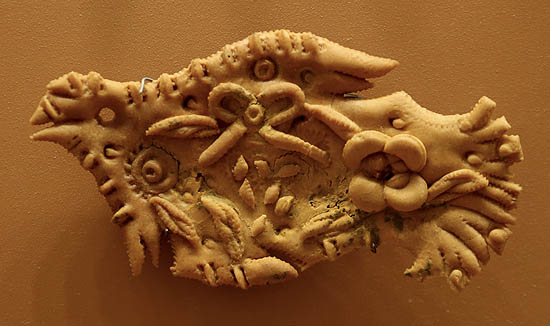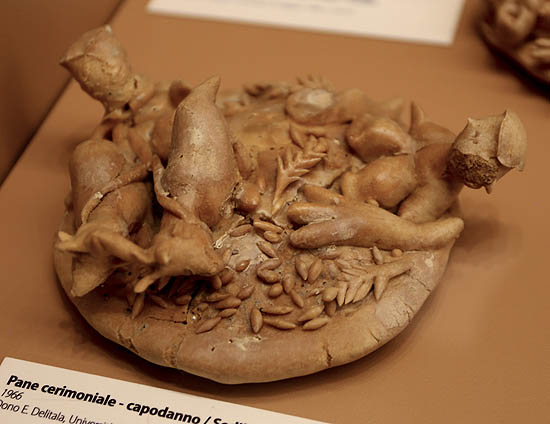![]() As you drive from Málaga airport through the Málaga mountains into the interior of Andalusia, just before the Antequera junction where the roads branch off to Seville, Córdoba and Granada,
As you drive from Málaga airport through the Málaga mountains into the interior of Andalusia, just before the Antequera junction where the roads branch off to Seville, Córdoba and Granada,  a compact cluster of houses looks down from a hilltop along the way. Traditional Andalusian white houses, standing shoulder to shoulder, coming together as a single closed settlement, as if they were preserving an old story. I give in to my gut feeling and pull off the highway to listen to that story.
a compact cluster of houses looks down from a hilltop along the way. Traditional Andalusian white houses, standing shoulder to shoulder, coming together as a single closed settlement, as if they were preserving an old story. I give in to my gut feeling and pull off the highway to listen to that story.
Approaching the village on the access road, the compactness of the settlement is even more striking. Behind the fields and olive groves shining in the warm January sunlight, the white façades arranged in a straight line seem to be the first protective wall of a fortified settlement, and to the right, the large block of buildings behind the white church tower looks like a fortified monastery or a castle.
And it is indeed. As I park the car on the left side of the village and walk down Granada street between closed rows of white houses leading to the church – the other two streets are named after Seville and Málaga, as if giving a hint as to where you can go from here –, the many-windowed façade of a large, thick-walled block of buildings gradually unfolds behind the white church tower. This large peasant castle, assembled over the centuries, is none other than the Moorish castle of Cabeche or Qawŷ.
The castle of Cabeche was first mentioned by the 10th-century Córdoban historian Ahmad ibn Muhammad al-Razi in his History of the Rulers of Andalusia, which became known in Spanish as The Chronicle of the Moorish Rasis. According to this, the castle was built in the early period or golden age of Andalusia, sometime during the Umayyad emirate.
The castle of Qawŷ was mentioned in the chronicle Yannat al-Rida of the 15th-century Muhammad Abu Yahya ibn ʿĀsim from Granada among the castles that the Christians captured in 1410 on the western border of the Sultanate of Granada, but in 1447 the Muslims recaptured from them for a while. Ibn ʿĀsim describes the location of the castle quite precisely, and it roughly coincides with the castle of Cauche. It is not known whether this is identical with the castle of Cabeche mentioned by al-Razi, because he does not localize it exactly, but it is not excluded.
What is certain is that the castle, as a Moorish fortress, oversaw the main road from Málaga to Medina Antequera for centuries.
However, the settlement has a much older history. A little south of the former Moorish fortress, the foundation walls of the Roman-era town of Aratispi are still visible, which the locals also call Cauche el Viejo, as if the original population of today’s Villanova de Cauche came from there. The mill of the village, which today stands in ruins on the banks of the Cauche river, was also built from its carved stones. And this is also where three beautiful carved stones with Roman inscriptions from the 2nd century come from, built into the tower of the village church in 1731, so placed as to indicate not simply the use of free stone material, but antiquarian interest.
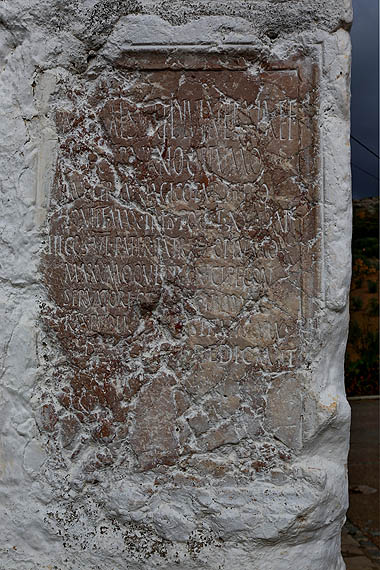 The stone on the SE corner commemorates the death of Emperor Trajan (53-117), who was born in this province, Hispania Baetica. It ends: Res publica Aratispitanorum decrevit et dedicavit – ordered and established by the community of Aratispi
The stone on the SE corner commemorates the death of Emperor Trajan (53-117), who was born in this province, Hispania Baetica. It ends: Res publica Aratispitanorum decrevit et dedicavit – ordered and established by the community of Aratispi
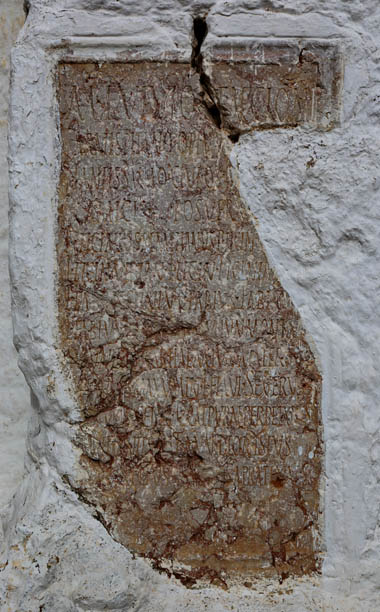 A tombstone on the S wall with the initials M. Fulvio Senecioni Aratispitano – erected to Marcus Fulvius Senecio of Aratispi by his friends
A tombstone on the S wall with the initials M. Fulvio Senecioni Aratispitano – erected to Marcus Fulvius Senecio of Aratispi by his friends
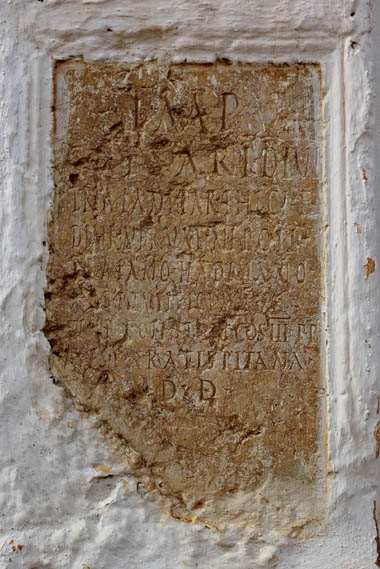 The stone on the E wall of the tower was erected in honor of Emperor Hadrian (76-138), who was also born in Hispania Baetica: Res.P. Aratispitana D.D. – ordered and installed by the Aratispi community
The stone on the E wall of the tower was erected in honor of Emperor Hadrian (76-138), who was also born in Hispania Baetica: Res.P. Aratispitana D.D. – ordered and installed by the Aratispi community
After King Ferdinand II in 1487 captured Málaga, the southernmost stronghold of the Sultanate of Granada, the castle of Qawŷ, which depended on it, also fell, and the king had it destroyed along with several other small Moorish fortresses. The depopulated area of the castle was resettled in 1509 by the nearby town of Antequera with Christian residents. This is why the name of the village was expanded with “Villanueva”, new settlement, so characteristic of Andalusia that was undergoing a change of population. Their descendants are the 65 inhabitants of today’s Villanueva de Cauche. The land was given to the Arreses noble family, whose eighth descendant, Pedro de Arreses y Aspillaga was raised to the rank of Marquis in 1679. They built today’s manor house on the ruins of the Moorish fortress, to the wall of which the three streets of the village run.
The inhabitants of the thirty-five houses of the three streets were thus the serfs of the Marquis of Cauche for several centuries. They cultivated their lands, partly in the form of compulsory free work, partly for their own benefit, but in return for a tithe. Even at the turn of the millennium, the residents of Cauche regularly delivered chickens and crops to the manor house. Although they had lived in their houses for generations, they had no title deeds, only a document signed by the Marquis, which allowed them to live there. In this way, the houses could neither be sold nor rebuilt.
After 2005, the new heir reorganized the noble estate into a modern farm and gave the residents of Cauche the opportunity to buy the land they cultivated at a price of 90 euros/m². This was realized, but the new owners only received a private contract without an entry into the land registry, because the Antequera land registry was not able to transform the records of the Marquis’s estates according to the new parcels. Finally, in 2015 it was possible to solve the reorganization and register the ownership of the lands and houses. In 2015, the Middle Ages ended also in the last serf village in Europe.
All this did not change in the view of the village. Its most significant building is still the Marquis’s manor house with the church. Apart from this, there is only one community institution in the village, the “Antigua Peña”, Old Club, that is, the pub. It was closed when I was there now, but according the local papers reporting on the end of feudalism, there is a lot going on here. There is no store: a grocery truck comes twice a day with bread, meat, fish and other basic foods, and on Saturdays the mobile supermarket. “In which other village do they deliver the goods to your door?” the residents say proudly. The built heritage of the village is subject to strict regulations of monument protection. Even if the Middle Ages are over, the traditional Andalusion white houses – preserved by the constraints of serfdom – must be maintained without any changes.



